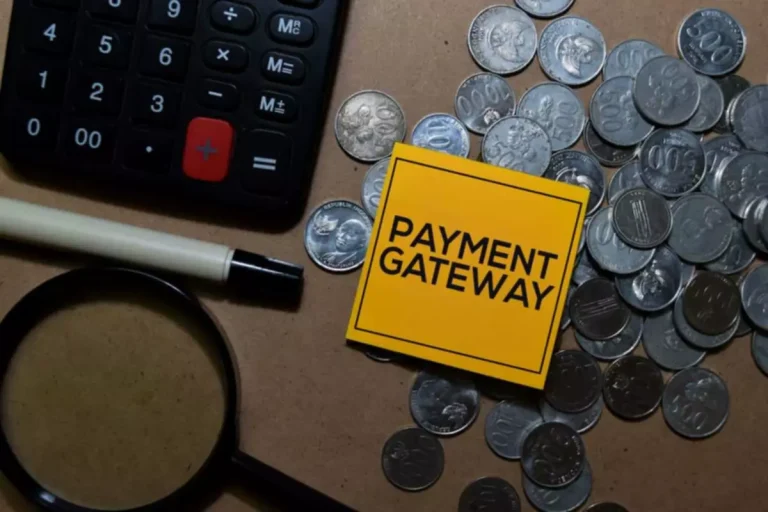In distinction, CBDCs are usually designed to be directly issued and managed by central banks via centralized infrastructure. This setup facilitates straightforward integration with nationwide fee methods, promoting stability and reliability. Some CBDCs may also incorporate newer distributed ledger applied sciences for enhanced effectivity. The structure of laws will materially impression progress trajectories for stablecoin markets domestically and internationally, with implications for US sovereign bond markets. For example, a regulatory framework might require stablecoin issuers to carry US Treasury securities to back their stablecoins, thus guaranteeing liquidity and demand for US dollar-denominated sovereign paper. Extra proposals to create a crypto asset reserve on the Turnkey Forex Solutions federal degree may provide extra liquidity support to crypto markets.
- In distinction, CBDCs are issued instantly by a country’s central financial institution, making them official authorized tender.
- This ongoing improvement influences how stablecoins and CBDCs are built-in into monetary techniques and funding strategies.
- Sheer regulation is highly unlikely to suppress the demand for digital currencies, and innovators will proceed to push the envelope by developing new uses and distribution models satisfying each demand and legislative requirements.
- Emerging know-how, corresponding to blockchain, facilitates seamless transactions, real-time settlements, and enhanced transparency.
- But CBDCs and stablecoins are basically completely different of their design and governance – one is issued by a nation’s central bank, while the other is typically a personal cryptocurrency pegged to fiat worth.
Money utilization in many nations continues to dwindle, while the price to maintain its infrastructure doesn’t. Similarly, many countries’ existing digital cost systems are relatively inefficient to function and infrequently not instantaneous or 24/7. Funding implications and market adoption of stablecoins and central bank digital currencies (CBDCs) considerably affect their role in monetary markets.

These developments may reshape cross-border funds, scale back transaction costs, and affect world monetary management. Nonetheless, the implementation of CBDCs must fastidiously consider technological risks, privacy issues, and regulatory frameworks to safeguard investor confidence and stability. With developments in know-how, digital representations of fiat currency emerged, facilitating sooner and more efficient transactions. These digital property, corresponding to digital bank transfers, laid the groundwork for contemporary digital currencies. Stablecoins are no longer just a crypto experiment; they are reshaping the infrastructure of world money motion.
Advantages And Impacts
Simon additionally works as an actor and corporate trainer; present and previous clients embrace funding banks, the Bank of England, the UK authorities, several Magic Circle law firms and the entire Big 4 accountancy corporations. He has a level in languages (German and Spanish) and social and political sciences from the University of Cambridge. This week, a European joint venture that features Deutsche Bank’s asset-management arm DWS, which manages about a trillion dollars globally, was licensed by the German regulator to problem the first euro-denominated stablecoin.
Explaining Stablecoins
At the same time, the EU is urgent ahead with the event of the Digital Euro. In short, stablecoins give consideration to accessibility and adaptability, becoming neatly into the decentralized finance (DeFi) model. CBDCs, meanwhile, are all about management, enforcement of financial coverage, and financial surveillance inside a centralized framework. This is why the CBDCs vs stablecoins debate is so crucial to shaping the subsequent period of world finance.
Many stablecoins additionally function a bridge between traditional finance and digital property, enabling users to maneuver funds easily inside decentralized functions and exchanges. In contrast, CBDCs are issued immediately by a country’s central bank, making them official legal tender. They characterize a digital extension of sovereign currency, fully backed by the state. This public issuance gives CBDCs a level of authority and trust that personal stablecoins can not match, significantly within the eyes of regulators and traditional monetary establishments. Stablecoins are a class of cryptocurrencies designed to take care of a secure worth.
Nevertheless, regardless of this mechanism, they will experience short-term deviations as a outcome of liquidity issues or market surges. CBDCs, being government-issued digital currencies, are typically perceived as more secure, although their market influence and acceptance can introduce fluctuations based on coverage shifts or public notion. In distinction, central bank digital currencies are nonetheless emerging, and their liquidity depends on governmental adoption and integration into the present financial infrastructure.
Understanding the differences in purpose, accessibility and transparency is essential to evaluating when and how every should be used. As digital property proceed to develop, both will influence the way ahead for funds in distinct ways. It was launched in 2009 by an nameless particular person or group using the pseudonym Satoshi Nakamoto.
That would naturally be the case, for instance, for stablecoins not pegged to the united states Decentralized finance dollar. CBDCs could additionally be designed to function even without an web connection, providing a vital benefit in areas with limited web access. By their nature, stablecoins sometimes require an internet connection for transactions. CBDCs offline funds can operate with out an web connection, providing a major advantage in areas with restricted internet access, as stablecoins usually require an web connection for transactions. Privacy issues may arise in CBDCs, particularly with sturdy central financial institution management, while in stablecoin regulation, the level of privateness depends on particular rules.

Some are diligent about publishing third-party audits of their reserves, while others have faced criticism for delayed or incomplete disclosures. CBDCs, nonetheless, function beneath strict nationwide auditing standards and central bank governance, ensuring a consistent (and often a lot stricter) level of transparency. By offering a secure digital various to money, CBDCs might help maintain stability in instances of financial uncertainty. They provide a state-controlled possibility that reduces reliance on private fee methods. Because stablecoins aren’t restricted by nationwide borders or banking hours, they offer a sensible resolution for global remittances. Customers can send and receive funds throughout international locations with fewer delays and with out counting on traditional financial intermediaries.

This makes them well-suited for e-commerce, P2P transfers, and cross-border funds with out the delays of financial institution wires. It’s essential to note that no main Western economic system has absolutely launched a retail CBDC but. In the United States, the Federal Reserve and lawmakers have taken a cautious stance – actually, by 2025 there is open opposition to issuing a U.S. digital greenback without clear authorization. By the end, you’ll have a clearer view of the CBDC vs stablecoin debate – and insight into which might ultimately prevail in the digital economic system. Olajumoke Oyaleke is a creative author with a passion for crafting participating and informative guides across quite a lot of topics. Deeply interested in Web3 and blockchain know-how, Olajumoke is dedicated to making advanced concepts accessible, helping readers stay knowledgeable on the latest trends in the area.
Stablecoins are digital property designed to take care of value stability by pegging their value to conventional belongings corresponding to fiat currencies or commodities. Their stability makes them attractive options for traders seeking reliable digital property inside volatile markets. On the opposite end of the spectrum, Central Bank Digital Currencies (CBDCs) are digital assets (not particularly a cryptocurrency) backed by a country’s or region’s central financial institution https://www.xcritical.in/. Quite than being pegged to the fiat currency, these digital property could be a digital form of the authorized tender of the region or country corresponding to China, which might be the furthest forward in its CBDC rollout program. In Distinction To traditional cash, CBDCs exist solely in digital type, providing the potential for quicker, more secure, and more environment friendly transactions.
